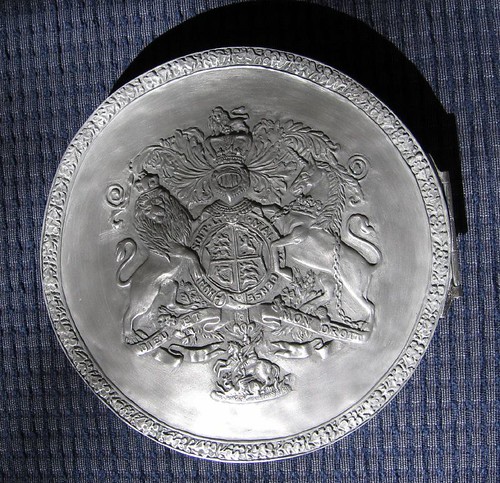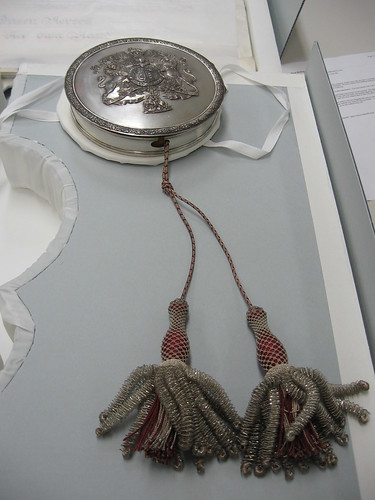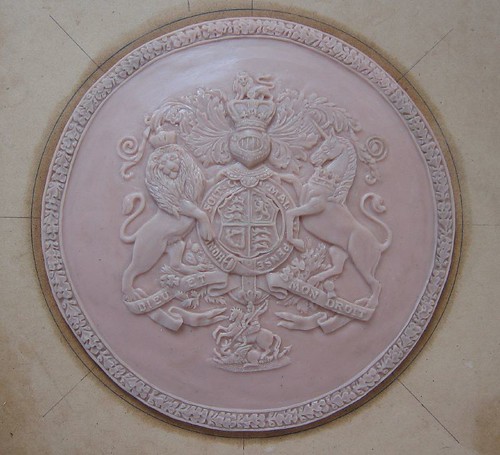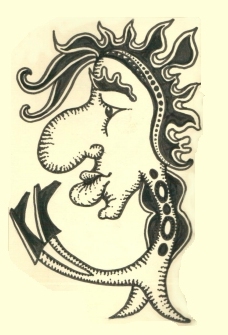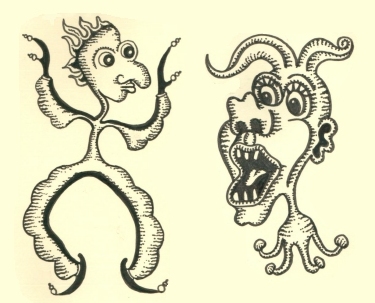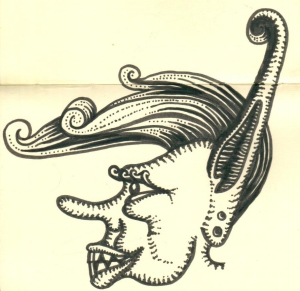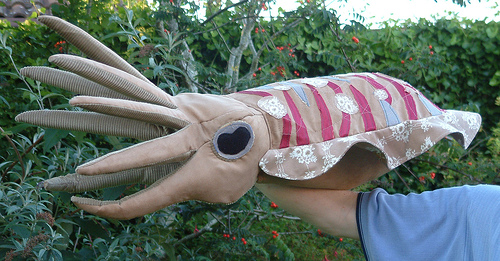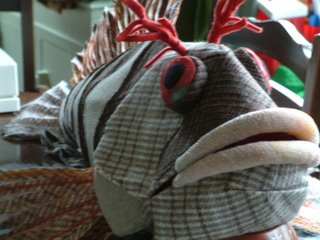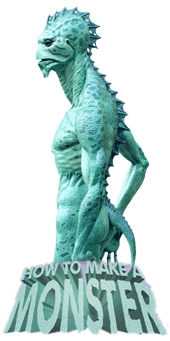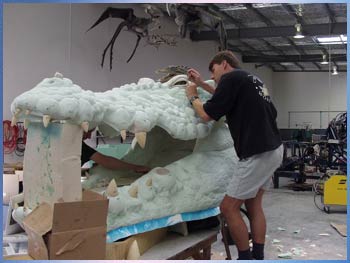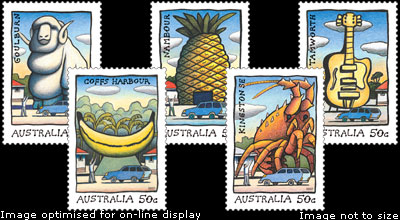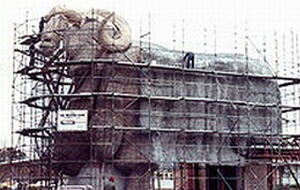I’ve just finished making a second replica silver seal box, known as a skippet, for the National Archives of Australia. I made the first one (above) earlier this year. They are used as hands-on items in the National Archives Charters of our Nation exhibition. Making the skippet was an interesting and challenging project because it was finely detailed and required the use of some materials that I wasn’t familiar with, such as sculpey, silicone and resin. It also had to be done from photos only, as the original skippet is too precious to be handled by anyone other than archivists.
I visited the archives collection in Mitchell, and was able to look at and photograph the skippet. It’s a rather beautiful 7 inch diameter silver box that holds a Queen Victorian beeswax seal. An ornately tasseled cord attached to the federation documents is embedded into the core of the seal and runs through holes in the side of the skippet. On the hinged and slightly domed lid of the skippet is the Victorian Coat of Arms:
My photoset at Flickr shows the making process in detail, with comments and explanations, but here are a few photos of the main steps:
The sculpey modelling in and early stage:
… and finished, just before baking:
The silicon mold and the final cast of the lid:
Another view of the completed skippet:
More here.
